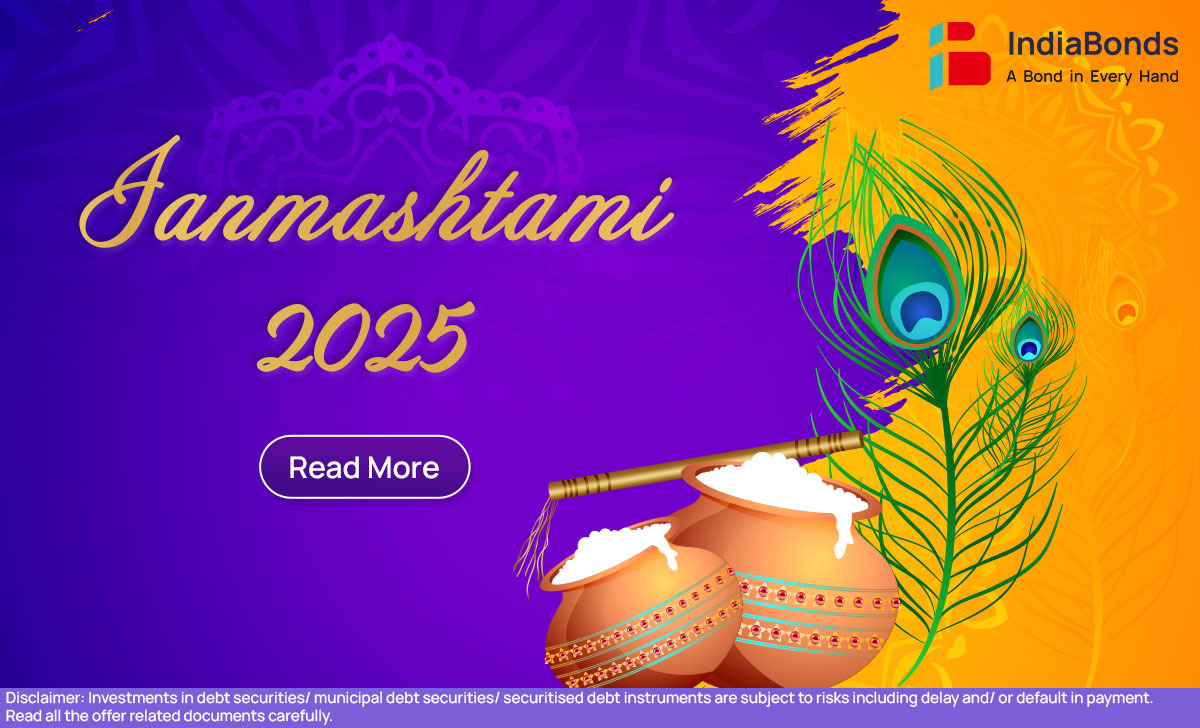Janmashtami 2025

Introduction
So my aunt called me yesterday asking if I’m coming home for Janmashtami this year. Same question, every August. And honestly? I wouldn’t miss it. There’s just something about walking into the house and smelling those ladoos she makes, seeing the little Krishna statue dressed up in silk clothes, hearing my cousins argue about who gets to blow the conch shell first. Janmashtami 2025 is going to hit different this year though – it’s been three years since we all celebrated together properly. Time to dust off those old bhajan books again.
History of Janmashtami
Okay, so everyone knows the basic story – Krishna was born in jail, his dad carried him across a river during a storm, blah blah. But what gets me is thinking about Vasudeva actually doing this. Picture being a new father, holding your hours-old baby, walking through a flooding river in pitch darkness. That’s terrifying. Yet he did it because he knew his son was special.
The guards falling asleep, the chains magically opening, the river calming down – sure, sounds fantastical. But if you’ve seen how devoted people get during Janmashtami even today, maybe those miracles don’t seem so impossible. My driver Ramu refuses to work past 11 PM during this festival because he believes Krishna’s presence is strongest at midnight. Who am I to argue with that kind of faith?
What I find interesting is how this celebration spread everywhere but stayed different. In Mathura, it’s all about the birthplace connection – pilgrims literally camp outside temples for days. Meanwhile, my Marathi friends treat Dahi Handi like the Olympics. They train for months, form teams, have sponsors. It’s wild. Same god, totally different energy.
The celebration of Krishna Janmashtami evolved because people needed it to fit their lives. Farmers in rural areas focus on the cowherd aspect of Krishna’s life. City folks connect more with his role as a guide and protector. Smart guy, this Krishna – something for everyone.
Bengali families I know turn it into this elaborate cultural event with recitations and classical music. But travel anywhere during Janmashtami and you’ll hear those same bhajans, smell the same incense, see kids dressed as little Krishnas. Some things just transcend regional differences.
Why is Janmashtami Celebrated?
Here’s the thing about Krishna that nobody talks about enough – the guy faced serious problems. His uncle wanted him dead. He grew up knowing he was adopted. Had to leave his hometown and never really got to come back. Fought in wars. Lost friends. Dealt with betrayal. Sound familiar?
Yet he’s remembered for his smile, his wisdom, his ability to find joy even in difficult situations. That butter-stealing kid grew up to deliver the Bhagavad Gita during a war. Talk about character development.
I was going through a rough patch at work couple years back – boss was impossible, deadlines were crushing me, everything felt pointless. Then my grandfather, who’s never been preachy about religion, casually mentions Krishna’s advice about doing your work without worrying about outcomes. Just do it well and let the results take care of themselves. Surprisingly helpful advice for dealing with corporate nonsense.
That’s why people still celebrate this festival centuries later. Krishna’s problems were human-sized even though he was divine. He didn’t float above everyday concerns – he dealt with them head-on while maintaining his values. Pretty relevant for 2025, don’t you think?
Plus, there’s something therapeutic about celebrating mischief and playfulness once a year. Watch adults during Janmashtami – suddenly everyone’s okay with making noise, getting messy, acting silly. My usually dignified neighbor uncle was hanging upside down trying to reach a Dahi Handi last year. These moments of collective silliness are probably necessary for mental health.
The festival also celebrates the idea that regular people can do extraordinary things. Krishna wasn’t born in a palace – he grew up with cowherd families, learned about life from ordinary experiences. Then he changed everything. That’s aspirational in a very accessible way.
FAQ
Q. What date is Janmashtami 2025?
A. August 16th this year. The exact midnight timing varies by location, but most people start fasting from sunrise and break it after the midnight celebrations. Some communities celebrate for two days – Janmashtami and Nandotsav the next day.
Q. How do people actually celebrate this?
A. Depends on your family traditions and where you live. My family does the classic routine – decorate the house, prepare special food, invite relatives over, sing bhajans until midnight. Cities like Mumbai have massive Dahi Handi competitions with prize money and everything. South Indian families often organize classical music concerts. Temple visits are pretty universal though.
Q. What’s the deal with all the special food?
A. Most people fast during the day, so there are specific foods allowed during the fast – fruits, milk products, certain flours and vegetables. The fun part is preparing Krishna’s favorites – butter, sugar candies, various sweets. My grandmother makes this incredible panjiri that we only get during Janmashtami. Worth the wait.
Q. Are there big differences in how different regions celebrate?
A. Huge differences. North Indian celebrations are more devotional and family-centered. Maharashtra goes crazy with the Dahi Handi sports aspect. Gujarat adds their dance traditions. Kerala incorporates classical arts. But core elements remain similar – fasting, midnight celebrations, Krishna stories, community participation.
Q. Can people from other backgrounds participate?
A. Of course. I’ve celebrated with friends from different religious backgrounds many times. The themes of overcoming obstacles, standing up for what’s right, finding joy in simple things – these resonate with everyone. Plus, good food and music are universal languages. My building society celebration includes pretty much every family regardless of their personal beliefs.
The best part about Janmashtami is how it combines serious spiritual reflection with genuine fun. You can contemplate life’s deeper meanings while also laughing at kids dressed as Krishna trying to break clay pots. Not many festivals manage that balance successfully.
































